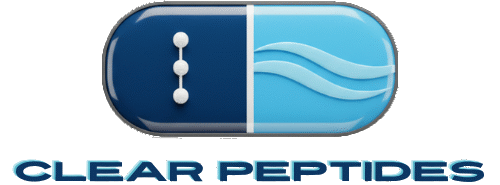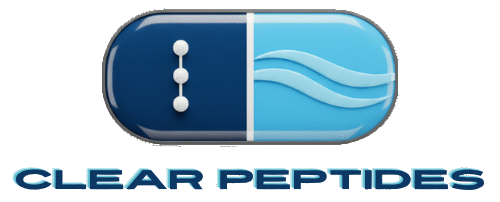The current successes with Tirzepatide and Semaglutide are merely the beginning of a peptide-driven revolution in medicine. The research pipeline is robust, with new and next-generation peptides under development by major pharmaceutical companies like Novo Nordisk and Eli Lilly.44
One notable example is orforglipron, a novel oral GLP-1 that, in early trials, has shown greater efficacy in A1C and weight reduction compared to oral Semaglutide, demonstrating the rapid pace of innovation in this field.45 Researchers are also actively investigating new applications for these peptides, with ongoing trials exploring their use for a wide range of conditions, including sleep apnea, liver disease, and heart failure.8
Technological advancements are fueling this research. The integration of artificial intelligence (AI) and machine learning is revolutionizing peptide design, enabling researchers to rapidly generate new peptide sequences with desired properties and to optimize their therapeutic potential.46 The rise of peptide libraries, which are large collections of diverse peptide sequences, allows for high-throughput screening to identify new drug candidates and better understand their mechanisms of action.46 These innovations are accelerating drug discovery and paving the way for the development of highly targeted, personalized peptide therapies tailored to individual patient profiles.46
The analysis of the research on these four peptides highlights a field rich with both groundbreaking achievement and significant regulatory and ethical complexity. Tirzepatide and Semaglutide have been validated through robust clinical trials and represent a new paradigm in the treatment of chronic metabolic diseases. Their ability to induce unprecedented weight loss and confer significant cardiovascular benefits has established them as foundational therapies. In contrast, BPC-157 and GHK-CU remain in the early, preclinical stages of research. While the data from animal and in vitro studies is highly promising, particularly for tissue regeneration and wound healing, it does not provide the safety and efficacy assurances required for human use.
The central conclusion is that the public and medical communities must differentiate between these two distinct categories of peptides. The scientific journey from a promising research chemical to an FDA-approved medication is a long, expensive, and critical process that validates safety and efficacy in humans. The narrative must therefore be a balanced one, celebrating the remarkable advances of proven therapies while responsibly and transparently communicating the unquantified risks of unapproved compounds. The future of peptide research, powered by technological advancements like AI, holds immense promise for treating a wide array of diseases and improving human health, provided that it is guided by rigorous scientific inquiry and a commitment to patient safety and ethical communication.
Works Cited
R&D pipeline – Novo Nordisk, accessed September 23, 2025, https://www.novonordisk.com/science-and-technology/r-d-pipeline.html
Eli Lilly’s oral GLP-1 shows greater efficacy than semaglutide, eyes approval by year-end, accessed September 23, 2025, https://timesofindia.indiatimes.com/life-style/health-fitness/health-news/eli-lillys-oral-glp-1-shows-greater-efficacy-than-semaglutide-eyes-approval-by-year-end/articleshow/123951615.cms
Peptide Synthesis Industry – Future Trends and Their Impact on …, accessed September 23, 2025, https://www.marketsandmarkets.com/ResearchInsight/peptide-synthesis-industry.asp
NCT05556512 | A Study of Tirzepatide (LY3298176) on the Reduction on Morbidity and Mortality in Adults With Obesity | ClinicalTrials.gov, accessed September 23, 2025, https://clinicaltrials.gov/study/NCT05556512

